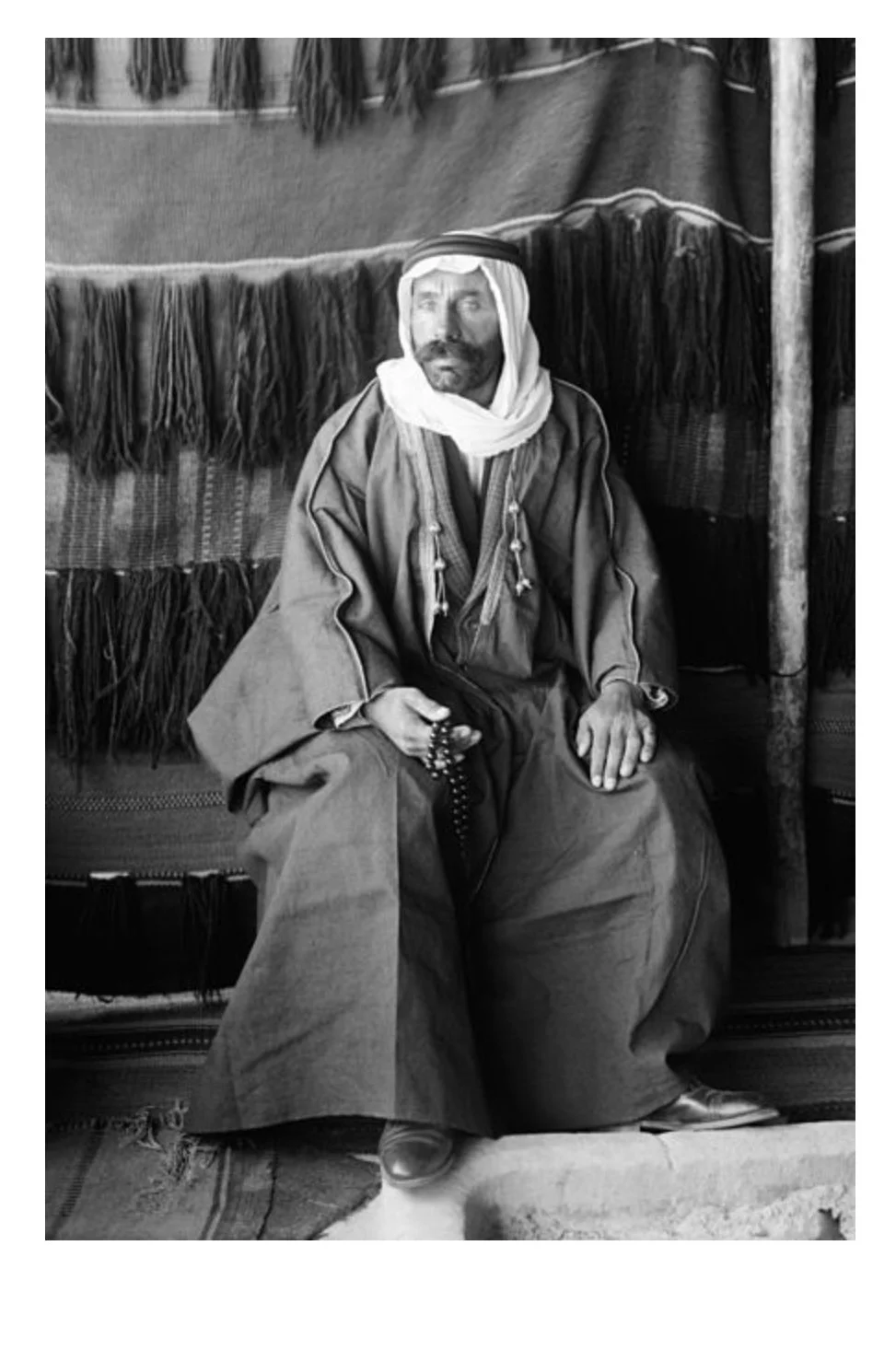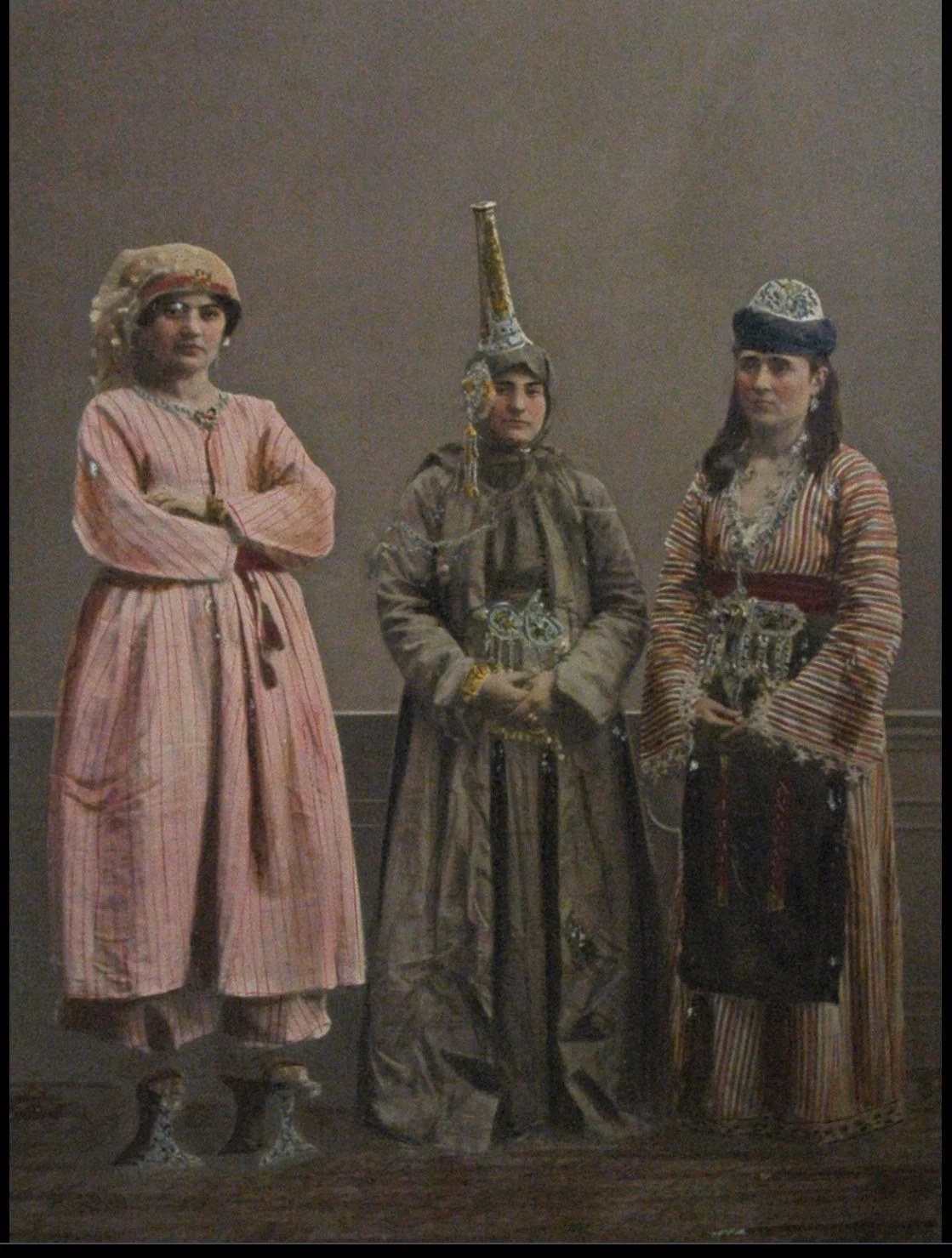Syria Druze and Lebanon Heritage Tantour Head Ornament
Syria Druze and Lebanon Heritage Tantour Head Ornament
Tantour
To be honest the Tantour is a Tatar ornament originally. Look at the maps, Mongolia ruled China to the North and Russia area to its south. In China they wore a similar headdress made of lighter material and adorned in silk. Martha Boyer ( Mongol Jewellery/Thames & Hudson-l995) considers the common denominator of these various tall head-dresses could be the Mongols who were ruled by the successors of Ghengiz Khan. The likeness between them and the Mongol ‘ Boghtag ‘ cannot be ignored.
Arab researchers have decided the Tantour is “assigned” to Mount Lebanon and the Druze (eleventh century) in Greater Syria which are all one. The Levantine version of the Tantour was a challenging head ornament as it limited the mobility of the woman honored to wear it. Later on the Mongols upgraded the head ornament to a blend of silver which was sewn into a velvet pedestal like fastener, generally a single family passed the Tantour around for a newly married woman to wear.
The Tarbush is a whole other subject, more versatile, and a shallow style was adopted by the Syrian Druze in Syria with a filagree silver disc fastened to the flat surface of the hat with coins and is fashioned like Jerusalem women hats before WW1 not The taller Bethlehem style.
The Ottoman government insisted that all Arab government employees must wear the Tarbush. The French who were occupying Morocco and Tunisia areas choked the local fez industry by flooding the land with machine made fez and found a great new market in Ottoman occupied Levant importing tens of thousands.
Photographs from a book published by the Ottoman Imperial Commission for the World's Fair in 1873 illustrate Syria's diverse cultures. Here, an Arab woman (left) and a Druze woman (center) stand with another woman; all are from Damascus.
Courtesy of The Textile Museum


